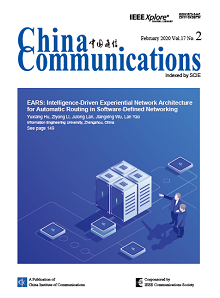Guangxin Lou, Hongzhen Shi
2020, 17(2): 117-124.
With the continuous progress of The Times and the development of technology, the rise of network social media has also brought the “explosive” growth of image data. As one of the main ways of People's Daily communication, image is widely used as a carrier of communication because of its rich content, intuitive and other advantages. Image recognition based on convolution neural network is the first application in the field of image recognition. A series of algorithm operations such as image eigenvalue extraction, recognition and convolution are used to identify and analyze different images. The rapid development of artificial intelligence makes machine learning more and more important in its research field. Use algorithms to learn each piece of data and predict the outcome. This has become an important key to open the door of artificial intelligence. In machine vision, image recognition is the foundation, but how to associate the low-level information in the image with the high-level image semantics becomes the key problem of image recognition. Predecessors have provided many model algorithms, which have laid a solid foundation for the development of artificial intelligence and image recognition. The multi-level information fusion model based on the VGG16 model is an improvement on the fully connected neural network. Different from full connection network, convolutional neural network does not use full connection method in each layer of neurons of neural network, but USES some nodes for connection. Although this method reduces the computation time, due to the fact that the convolutional neural network model will lose some useful feature information in the process of propagation and calculation, this paper improves the model to be a multi-level information fusion of the convolution calculation method, and further recovers the discarded feature information, so as to improve the recognition rate of the image. VGG divides the network into five groups(mimicking the five layers of AlexNet), yet it USES 3*3 filters and combines them as a convolution sequence. Network deeper DCNN, channel number is bigger. The recognition rate of the model was verified by 0RL Face Database, BioID Face Database and CASIA Face Image Database.
